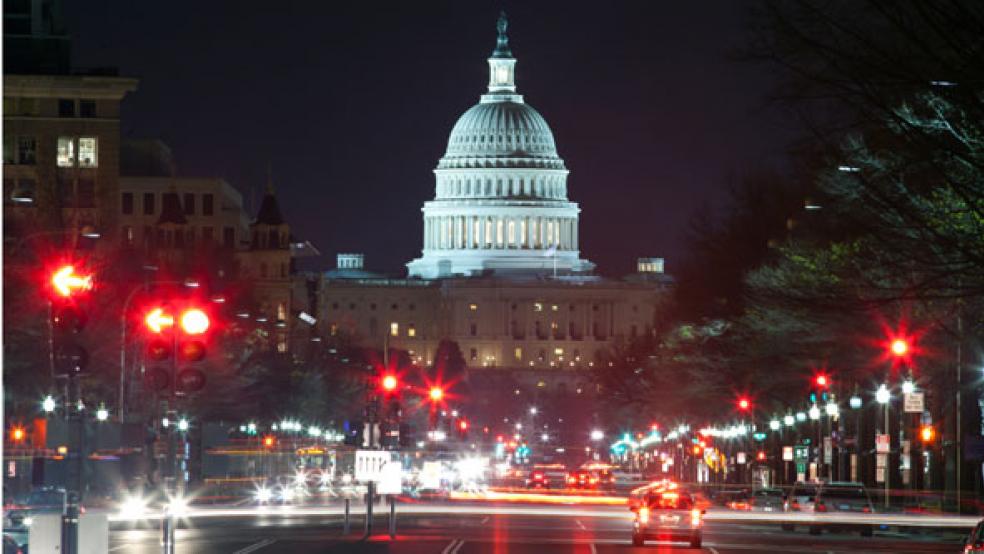The Republican tax plan and increased government spending will provide a temporary boost to the economy but sharply increase the federal deficit, sending it above $1 trillion a year in 2020, two years earlier than previously projected, according to estimates released Monday by the Congressional Budget Office.
Unless Congress acts to stem the tide of red ink, the deficit would climb to $1.5 trillion by 2028 — and it could reach $2 trillion by that year if lawmakers extend a number of temporary policies.
The nonpartisan budget scorekeeper also projects that debt held by the public will rise from $16 trillion, or 78 percent of gross domestic product, at the end of this year to almost $29 trillion, or 96.2 percent of GDP, in 2028. “That percentage would be the largest since 1946 and well more than twice the average over the past five decades,” CBO says. And it projects that interest payments on the debt will exceed military spending by 2023 and grow larger than all non-defense discretionary spending by 2025.
The CBO report was delayed from its usual January release to allow analysts time to forecast the effects of the GOP tax cuts enacted late last year and the spending bill passed last month. CBO projects that the new laws will increase deficits by $2.7 trillion — $1.7 trillion in lower revenue as a result of the tax cuts and $1 trillion in higher spending. Those effects will be partially offset by $1.1 trillion in increased tax receipts resulting from faster economic growth, meaning that the new laws will add a net $1.6 trillion to deficits over the next decade, CBO says.
Here are some other key points from the CBO’s updated outlook:
- The deficit is projected to reach $804 billion this year, a 21 percent increase over last year’s $665 billion shortfall and $242 billion more than CBO projected in its June 2017 report. The deficit is then projected to reach $981 billion in 2019 and just over $1 trillion in 2020 before surpassing $1.5 trillion in 2028.
- As a share of gross domestic product, the deficit is expected to climb from 3.5 percent last year to 4 percent this year, 4.6 percent in 2019 and 5.4 percent by 2022. From 2021 through 2028, deficits will average 4.9 percent of GDP. “The only time since World War II when the average deficit has been so large over so many years was after the 2007–2009 recession,” the CBO report says.
- Economic growth will climb to 3.3 percent this year thanks to the fiscal stimulus from tax cuts and increased spending, but will fall to 2.4 percent in 2019 and 1.8 percent in 2020. The GOP tax law will boost economic growth by an average of 0.7 percent over the next decade and create 1.1 million jobs.
- The two-year budget deal passed by Congress this year will increase GDP by 0.3 percent this year and 0.6 percent in 2019. But the fiscal stimulus from tax cuts and spending increases will also exert upward pressure on interest rates and prices, and larger budget deficits will crowd out private investment, lowering GDP in later years, CBO says.
- As a result, CBO now projects a cumulative deficit of $11.7 trillion for the ten-year period through 2027, about $1.6 trillion larger than the June 2017 forecast.





